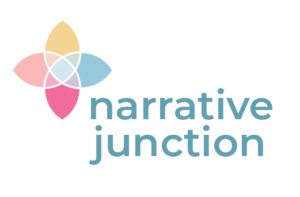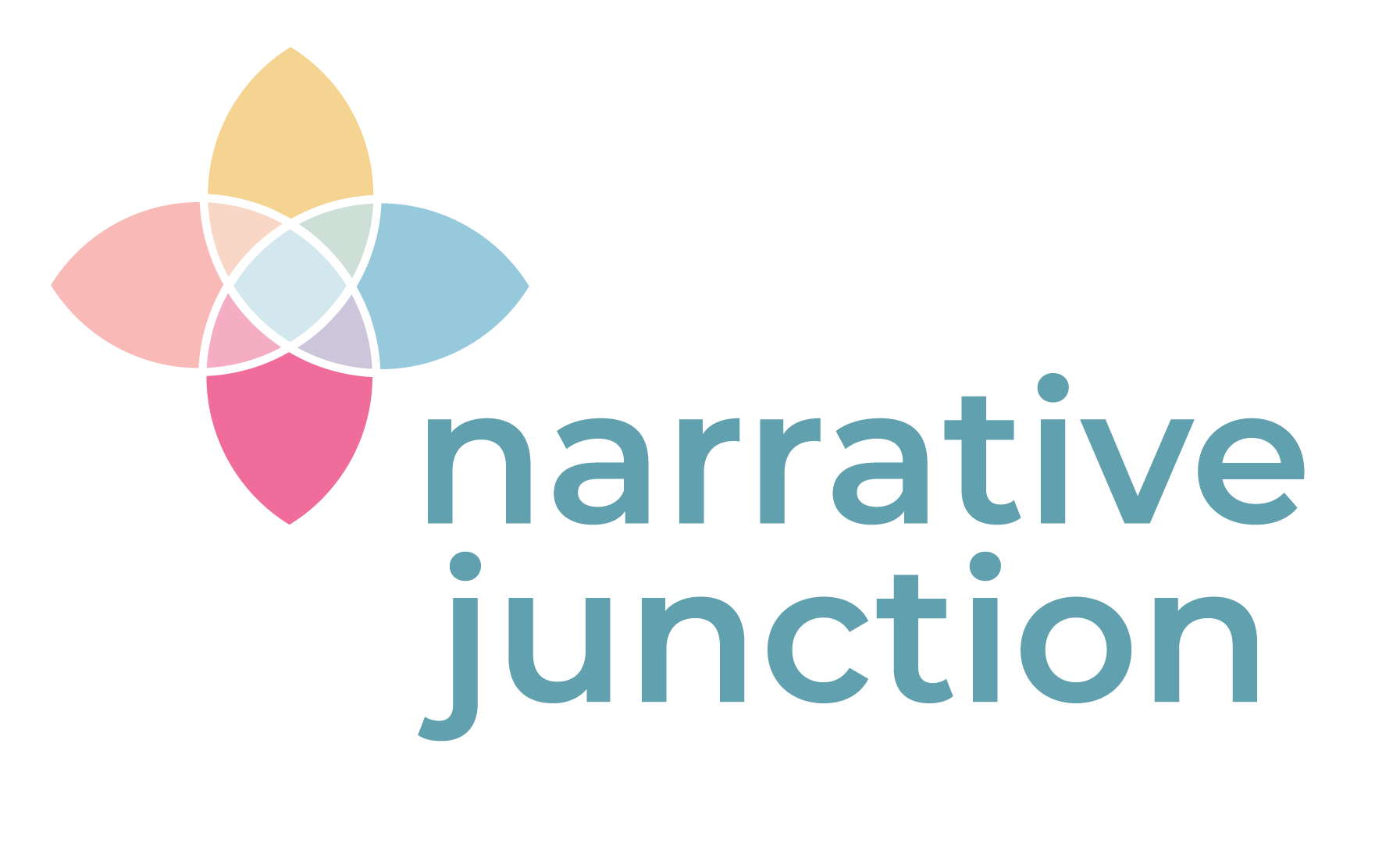
Your novel's cover may be the only time your story gets to make an impression. Self-publishing or working with a traditional publisher, collaborating with a cover designer, can be one of the most exciting (and daunting) parts of the publishing process. The key? Treat it as a creative partnership.
Traditional versus indie: How the process differs
If you're publishing through a traditional route, the cover design is usually handled in-house. They work with a designer and consider your novel's genre and the market. As the author, you may be invited to share input, but the final decision typically rests with the publisher.
You might feel distanced from the project at this time, or you may feel relieved that they are handling the cover for you. You'll likely be asked to complete a design brief or answer questions about the book's themes, target audience, comparable titles, and setting. Then the art director and designers will work together.
However, if you're self-publishing, you'll complete all of these tasks, including hiring a designer and briefing them, giving feedback, and giving your final approval. It can feel overwhelming, but also deeply rewarding.
How to brief a designer (and be helpful)
Your brief should include:
- A summary or elevator pitch of your book.
- The key themes (e.g. grief, identity, transformation)
- The intended audience and tone (e.g. literary, darkly comic, hopeful dystopia).
- Three to five competitor titles with covers you admire (and why).
- Any strong nopes (e.g., 'please avoid fantasy-style fonts' or 'no illustrated people').
If your book is in the editing stage, include a sample chapter or two so your designer can get a personal feel for the theme and visually bring it to life.
Take the time to give honest feedback
If you're a first-time author, you may feel stuck if you're shown a draft and it doesn't feel quite right, but you don't want to sound picky, vague, or controlling.
Avoid micro-managing design choices if you're unsure why something isn't working. The best collaborations happen when feedback is a dialogue, not a demand.
What to expect from the process
Most designers will offer one or two rounds of revisions. That doesn't mean unlimited tweaks, but it does give you space to explore.
Expect deadlines and a clear timeline, and try to stay on track, as last-minute changes can derail the process or incur extra costs.
Most of all, expect to feel a little uncomfortable. This is normal. You've lived with your story for months (or years). A designer may have a way of interpreting your work which you never envisaged. Be open to their insights.
Your book cover is not a summary. It's an invitation.
Your designer's talent lies in visualising your story using imagery that intrigues and resonates. But make sure you speak up if you feel this isn't the case.
Approached with openness and mutual respect, this process can be one of the most affirming stages of bringing your book into the world.
Want to explore this topic further?
Check out my Instagram channel's Cover and Core series, which takes a weekly deep-dive into brilliant book covers and the themes they so powerfully express, and how you can draw inspiration for your own.
Learn how studying novels like North Woods can sharpen your structure, voice and storytelling. Spot the tools behind the scenes and use them in your work.
Uncover the hidden heartbeat of your novel. This blog explores how theme shapes plot, character and cover design, and how developmental editing can help your story grow.




